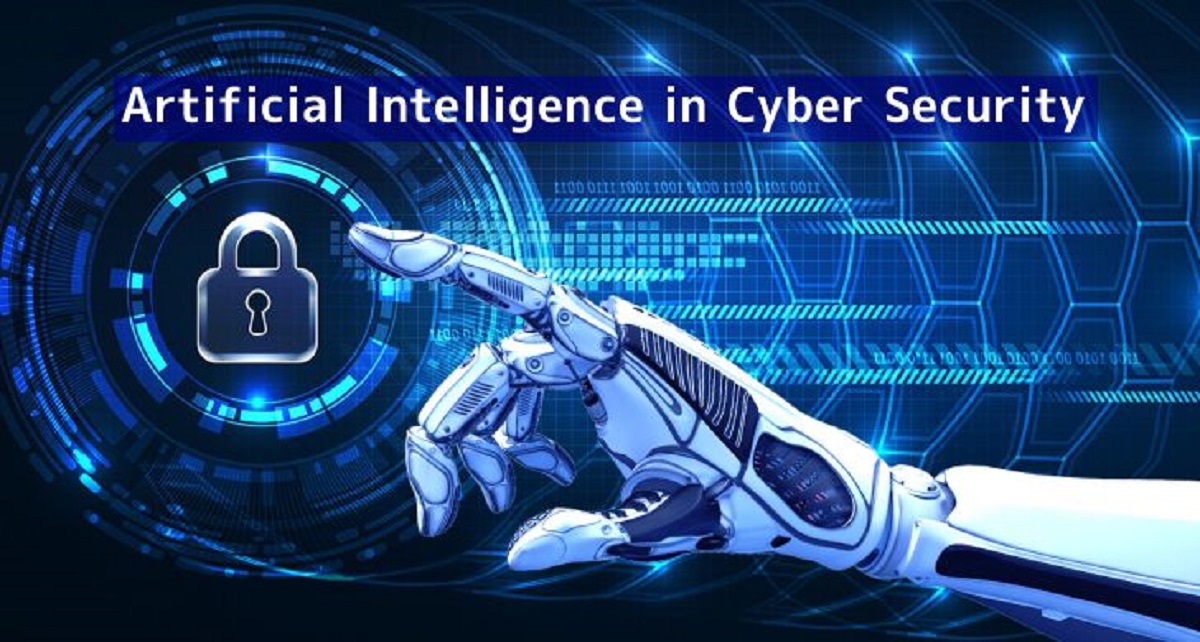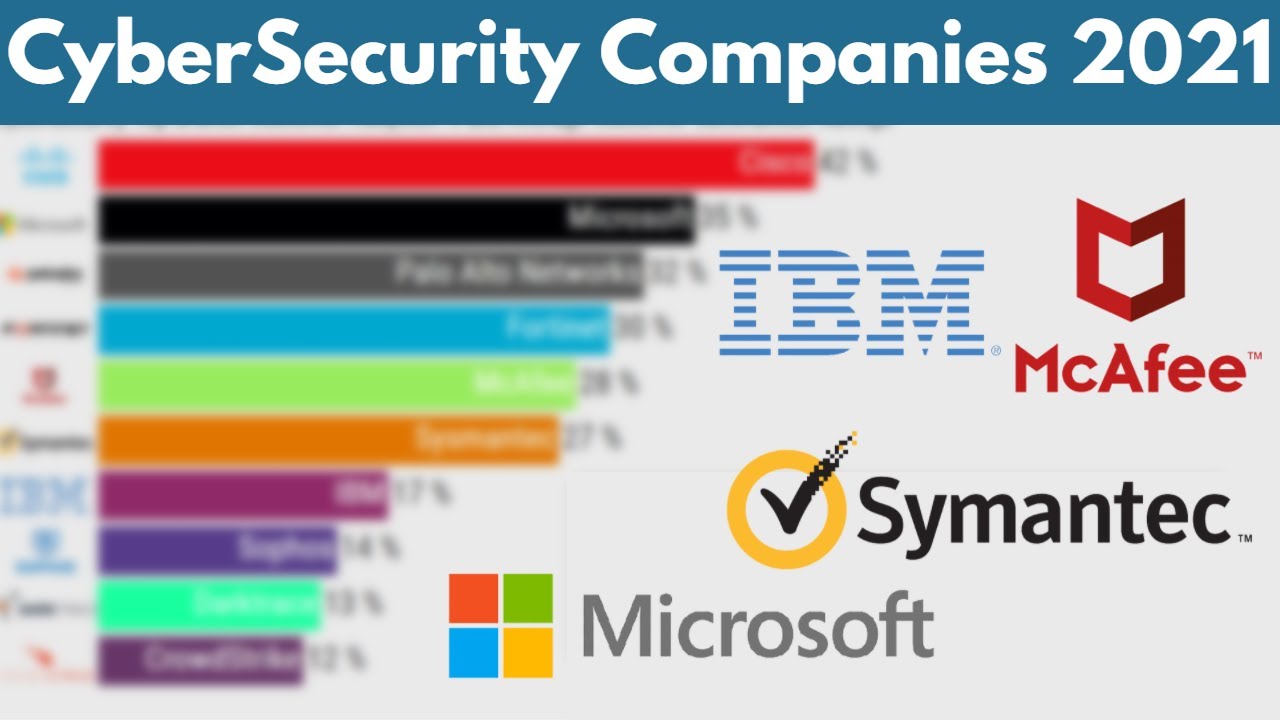Artificial intelligence (AI) has been improving cybersecurity tools over the years. For instance, machine learning has made network security more potent by detecting patterns much faster than humans. However, AI has also presented risks to cyber security such as denial of service (DoS), social engineering attacks, and brute force. As technology evolves, there is a need for robust security measures to safeguard your digital world. This article details the vulnerabilities of AI systems and the measures you can take to secure yourself against cyber threats.
Vulnerabilities of AI-Driven Systems
1. Data Poisoning
AI models and machine learning work by analyzing large amounts of data to learn patterns and make decisions or predictions. This underlying mechanism gives room for attacks on ML and AI-based systems. If attackers insert malicious training data, machine learning algorithms learn incorrect data and make fraudulent, faulty or malicious predictions.
2. Supply Chain Compromise
The supply chain for AI is similar to most technologies. Artificial intelligence is based on algorithms. Multiple AI testers develop AI models using these algorithms, which are composed of code libraries. Any developer who gets socially engineered or whose credentials are stolen can infect or expose the ML code.
3. Model Theft
Assuming an attacker was able to steal the source code or the AI model itself. The attacker can learn how this model responds to various inputs and designs malicious prompts by exploiting its weaknesses. For example, stock trading algorithms can be hijacked if the hackers steal the source code.
4. Privacy Breaches
AI systems often need access to personal or sensitive data to operate effectively. However, these systems can leak sensitive information unintentionally if not adequately secured. This can result in privacy breaches, where malicious attackers can gain access to personal information through vulnerabilities in AI systems or algorithms.
Measures to Protect Yourself From the AI Risks
Apart from being a powerful tool, AI can pose cyber security risks. Organizations and individuals need to take a proactive and holistic approach to utilize this technology safely.
Here are some measures that can help you mitigate the risks of AI-driven systems:
- Audit any AI systems you use: To avoid privacy and security issues, check the current reputation of any system you use. Organizations and businesses should periodically audit their systems to reduce AI risks and plug vulnerabilities. Auditing can be performed with the help of cyber security experts who can complete vulnerability assessments, penetration testing, and system reviews.
- Data security: AI depends on data training to deliver better outcomes. If the data is poisoned or modified, it can deliver dangerous and unexpected results. To secure AI from data poisoning, organizations should invest in access control, backup technology, and cutting-edge encryption. Networks must be safeguarded with intrusion detection systems, firewalls, and complex passwords.
As the capabilities of AI and robotics continue to expand, investing in the security provided by a cloud workload protection platform becomes not just a choice, but a necessity, ensuring a future where innovation and safety go hand in hand.
- Reduce personal data shared through automation: Most people share personal information with artificial intelligence without understanding the privacy risks. For instance, employees were found putting confidential company data in ChatGPT. A doctor submitted his patient’s medical condition and name in the chatbot to create a letter not knowing the ChatGPT security risk. Such actions present security risks and breach privacy rules like HIPAA.
- Vulnerability management: To mitigate the risk of leaks and data breaches, organizations should invest in AI vulnerability management. This refers to an end-to-end process that involves identifying, analyzing, and prioritizing vulnerabilities and limiting your attack surface.
Final Word
As AI becomes integrated into various sectors, it’s important to identify and address its vulnerabilities. Auditing systems, data security, limiting personal information shared through automation, and vulnerability management are key in mitigating vulnerabilities. By actively addressing these risks, you can leverage the benefits of AI while protecting against potential threats and ensuring a responsible and secure AI-driven future.

























